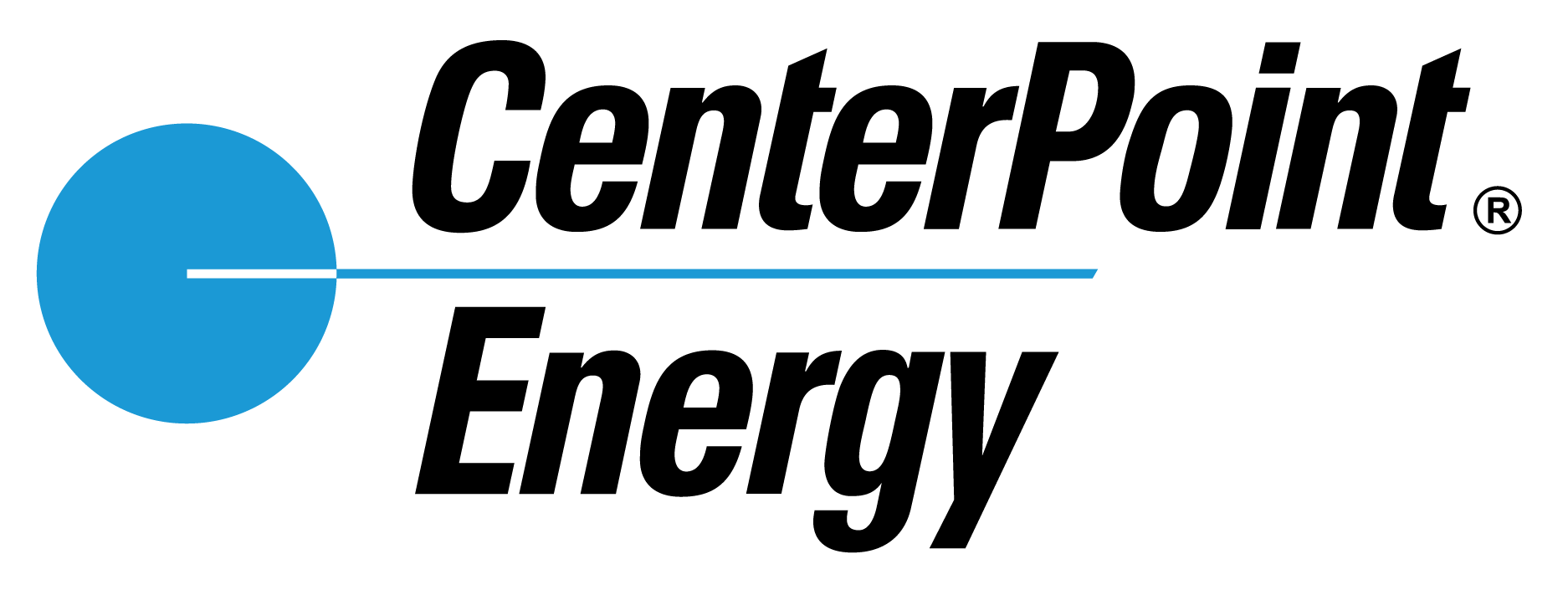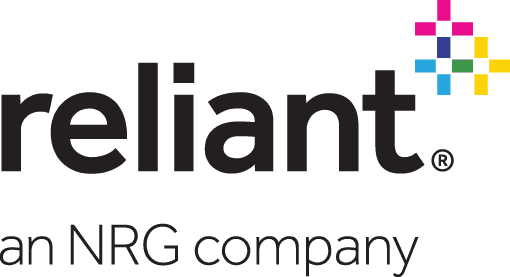Is Greater Houston Getting a Fair Cut of Higher Education Funding?
Published Nov 20, 2020 by LaTanya Flix
Colleges and universities draw funds from various sources to sustain their operations, but it’s the state funding that often receives the most attention due to the complexities of the funding formula and the percentage of the funds provided. Unique to Texas is the distinction between institutions receiving dollars from the Permanent University Fund (PUF) and the Higher Education Fund (HEF), which helps explain why we see funding disparities among public higher education institutions in Texas.
The PUF is a constitutionally established public endowment dating back to 1876, supported by land grants previously appropriated to the University of Texas (UT), plus an additional 2.1 million acres located in West Texas. The land produces two lines of income—surface and mineral. A designated percentage of the PUF income is placed into the Annual University Fund (AUF) for the support of the UT System and the Texas A&M University (TAMU) System. The UT System receives two-thirds of the AUF while the TAMU System receives the remaining one-third. The estimated value of the PUF for the 2018-19 biennium was $22.8 billion with $1.8 billion distributed to the AUF.
The HEF was later established in 1984 by constitutional amendment as a counterpart to the PUF for Texas public institutions of higher education that are ineligible for drawing down funds from the AUF. The Constitution requires annual appropriations for the HEF until the corpus reaches $2 billion dollars, at which time 10% of any investment income will be added back to the fund as part of the corpus and appropriations will cease. The estimated value of the HEF funds for the 2018-19 biennium was $787.5 million.
Both the HEF and the PUF allocation (to the AUF) may be used to acquire land; construct, equip, repair, or rehabilitate buildings; and acquire capital equipment and library books and materials. Institutions may also use a portion of their funds to make debt service payments on authorized bonds. However, income from the PUF may also be used for support and maintenance of university programs at certain institutions; whereas, HEF funds may not. There are currently 22 HEF institutions statewide, including 5 in the Houston area, compared to 5 PUF Excellence institutions and 11 PUF-Debt Service Institutions statewide.
The sheer value of the PUF, the broader acceptable uses, and the fewer number of institutions with access to the funds have created a disparity in funding for HEF institutions, including those serving the Houston region. With an eye toward ensuring Houston higher education institutions have the same advantages as all other public universities in the state, the Partnership has launched the Greater Houston HUB (Higher Education United with Business). The HUB will serve as a platform to develop a better understand of the challenges facing the institutions and the needs of the business community; to find common areas for collaboration; and build awareness to address funding disparities.
To learn more about the Greater Houston HUB, click here. Connect with the Partnership's higher education policy team, Ben Melson.
 The Houston Report
The Houston Report




















